
Winslow Homer “The Berry Pickers”
Forum on the Cape Ann Landscapes
A thoughtful and thought provoking forum was held this morning at the Cape Ann Museum. The discussion was led by Ed Becker, president of the Essex County Greenbelt Association, with presentations by Mark Carlotto from Friends of Dogtown; Tim Simmons, restoration ecologist; Mass Audubon’s Chris Leahy; and Cape Ann Museum representative Bonnie Sontag.
 Speakers, left to right, Mark Carlotto, Chris Leahy, Tim Simmons, Bonnie Sontag, and Ed Becker
Speakers, left to right, Mark Carlotto, Chris Leahy, Tim Simmons, Bonnie Sontag, and Ed Becker
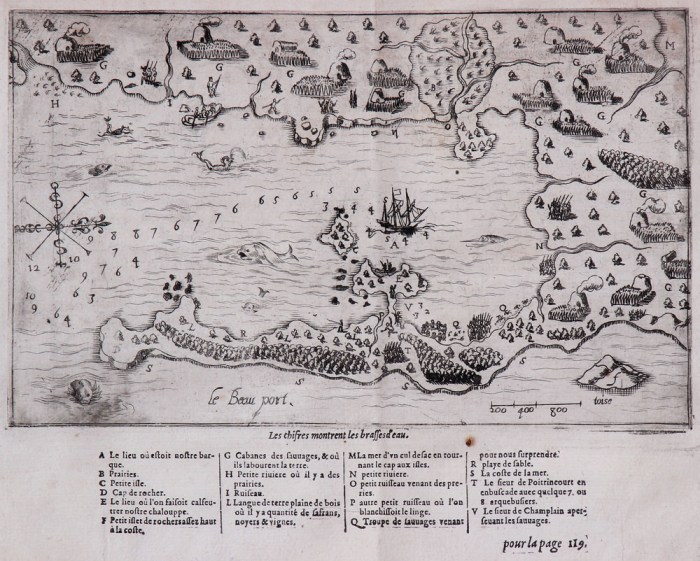
Today, the undeveloped areas of Cape Ann look much as it did when Champlain arrived in 1606, a mostly verdant forested peninsula, with some land management of grasslands conducted by the Native Americans that farmed and fished the landscape. In the coming months, the community will be examining how to restore very specific areas of Dogtown to the years when the landscape was at its most productive and richest in biodiversity, approximately 1700 to 1950. Most areas will remain forested and others will be returned to grasslands, moors, meadows, and pastures, similar to how it appeared when 19th and 20th century artists such as Homer, Hopper, Hartley, and Brumback painted Dogtown Common.
 Marsden Hartley Whales Jaw sketch
Marsden Hartley Whales Jaw sketch

 Brumback’s view of Dogtown in the eaqrly 1900s
Brumback’s view of Dogtown in the eaqrly 1900s
 A typical Dogtown landscape of today
A typical Dogtown landscape of today
Tim Simmons charmed the audience with his “Blueberry Metric,” a formula whereby prior to grassland restoration, it takes approximately one hour to pick four cups of blueberries. After a blueberry patch has been restored, the time to pick a pie’s worth of blueberries is reduced to just 20 to 30 minutes. Here is Tim explaining how fire management helps blueberry bushes become more productive:
https://www.instagram.com/p/BROu4H5lwrW/
Not only blueberries but many, many species of wildlife, especially those in sharp decline, such as Prairie Warblers, Eastern Whippoorwills, native bees, and nearly all butterflies, will benefit tremendously from restoring native grassland and meadow habitats.
This is an exciting time for Cape Ann’s open spaces and a great deal of input from the community will be needed. A facebook page is in the making. It takes time to effect positive change, but the alternative of doing nothing is not really an option at all. Eventually a fire will occur and when landscapes are not managed well, the outcome may well be cataclysmic.
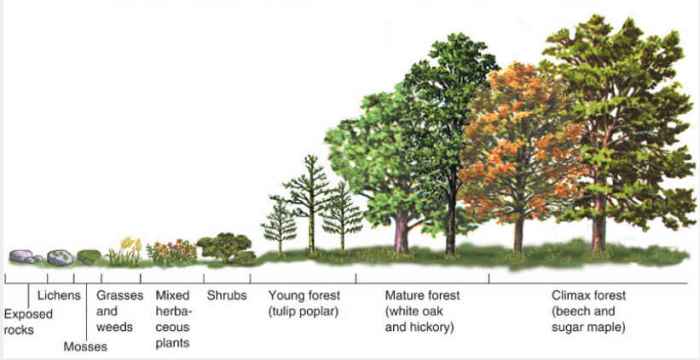
From the Cape Ann Museum: The once open landscape of Cape Ann, a mosaic of glacial boulders, pastures and moors, has given way over the past century to a uniform forest cover. Through short presentations and public engagement, this forum examines the issues, methods and benefits of restoring this formerly diverse and productive landscape. Can Cape Ann once again include the open, scenic terrain that inspired painters, writers, walkers, bird watchers and foragers of wild blueberries? Come and lend your voice to this exciting and important conversation moderated by Ed Becker, President of the Essex County Greenbelt Association. The forum is offered in collaboration with Essex County Greenbelt, Friends of Dogtown, Lanesville Community Center and Mass Audubon.
Successional forest regeneration graphics and images courtesy Google image search
Spread The GMG Love By Sharing With These Buttons:


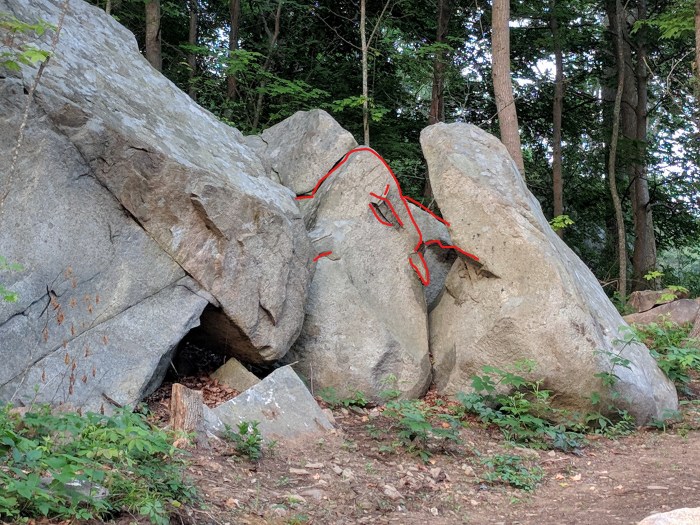
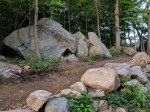

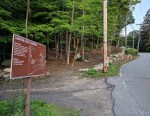




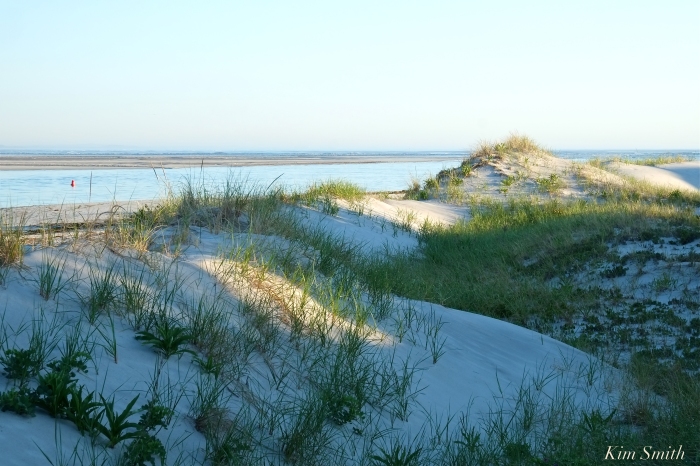









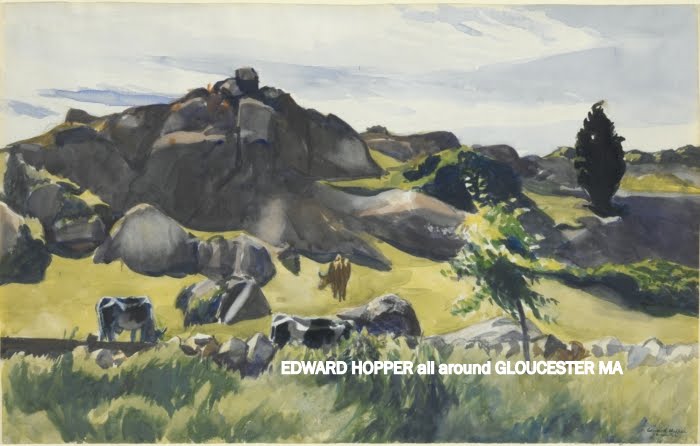

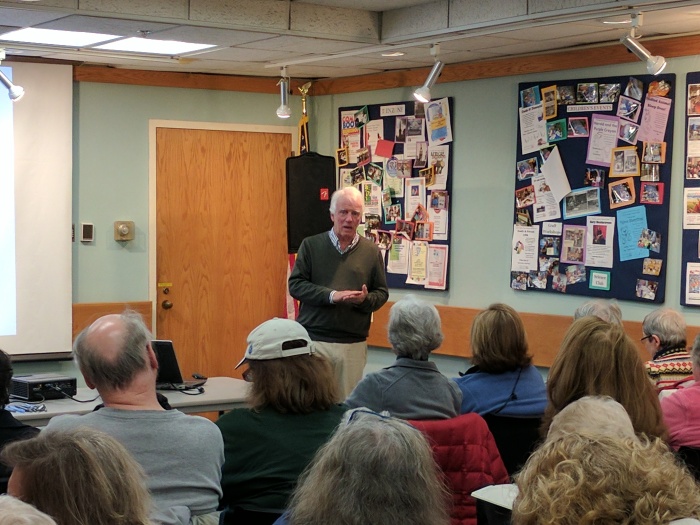
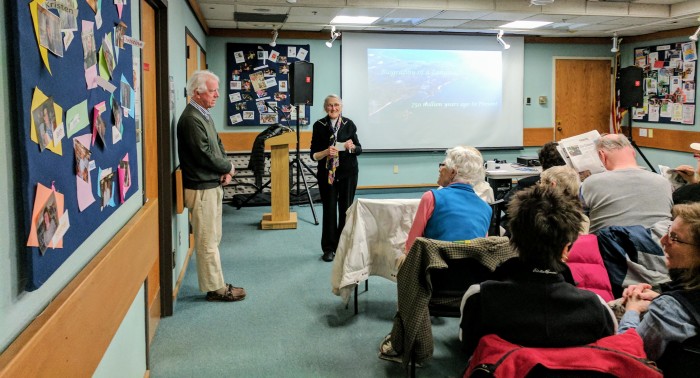
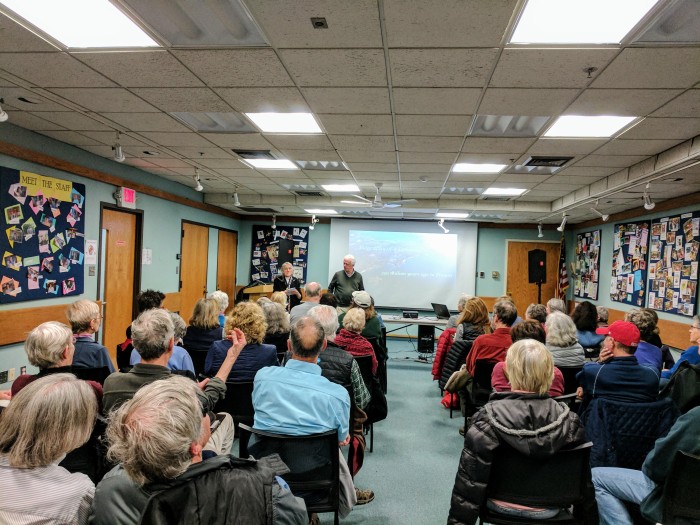
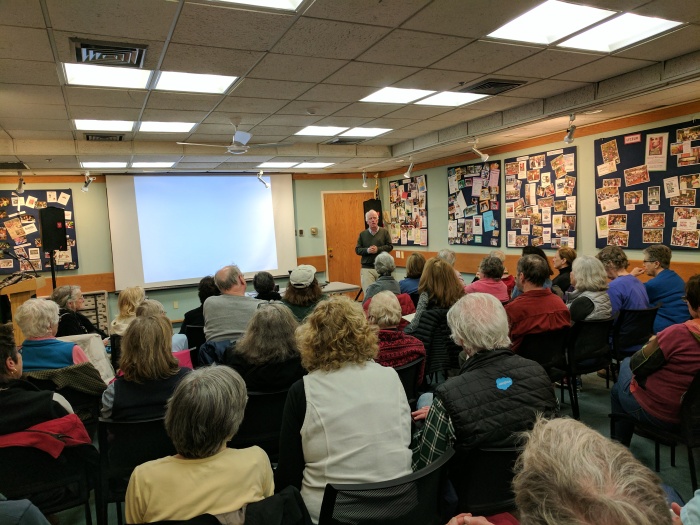
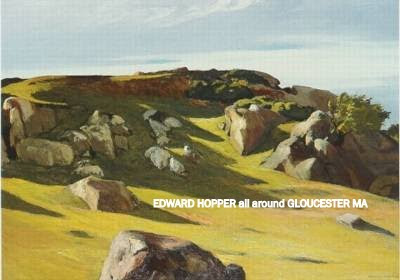
 Louise Upton Brumback (1867-1929), Dogtown- Cape Ann, 1920 oil on canvas
Louise Upton Brumback (1867-1929), Dogtown- Cape Ann, 1920 oil on canvas